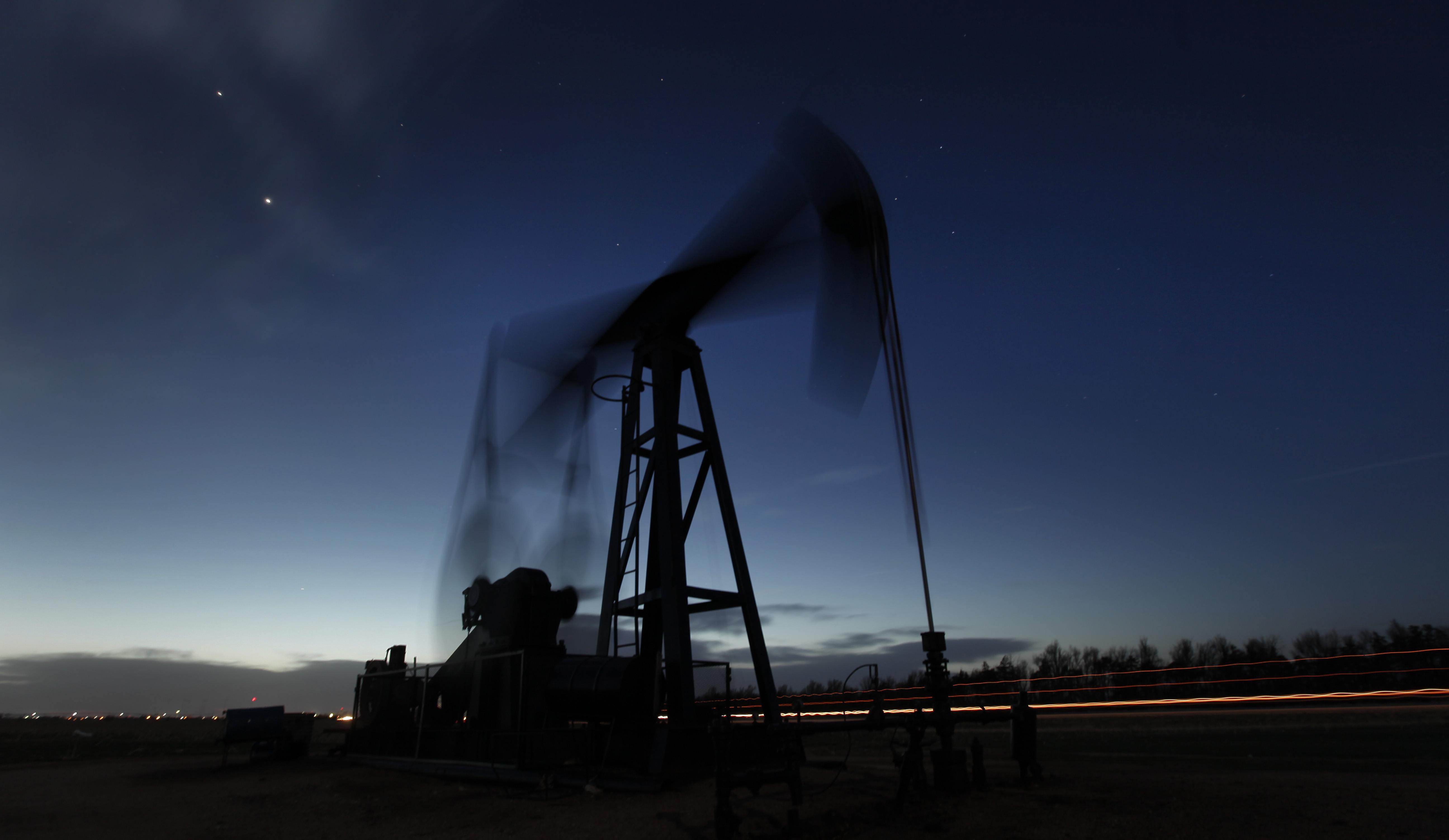
Love it or hate it, the United States is quickly becoming one of the top leaders of U.S Crude production and it’s all thanks to the loved, and hated, hydraulic fracking.
Next year, U.S. crude oil production is poised to hit levels that haven’t been seen since 1972, a major accomplishment for us towards the country’s need of energy independence.
The catalyst is strictly because of the use of fracking in shale rock deposits. Our oil production has jumped from 5.0 million barrels per day in 2008 to 7.4 million last year… and is expected to average 8.5 million this year and 9.3 million next year, and this is all according to the EIA, an arm of the Department of Energy.
EIA Administrator Adam Sieminski said, “Texas and North Dakota now account for almost half of total U.S. oil production. Texas’ monthly oil output recently topped 3 million barrels per day for the first time since 1977 and North Dakota’s oil production hit a record 1 million.”
This is fantastic for us on a couple of fronts; while we can’t flip the bird to the Oil Cartels of the Mideast, because we buy and sell oil on the global market, we’re sending more inventory or product to the machine.
This does nothing but increase supply and increasing supply means the prices tend to ease in our favor as end users of oil and gas.
However it’s naïve to think that in the long run that will make a big dent and the reason for that is because the Oil Cartels will simply slow production if they see oil prices drop.
They don’t care about how much you or I pay for gas; they want to have oil priced at the very highest they can without having essentially a revolt. They’ve gotten accustom to a lifestyle of $100+ oil and they won’t be willing to see it drop.
Now, I can’t sit here and point the finger of blame solely on Oil Cartels in Saudi Arabia, Iran or Iraq, but our own country has contributed to this rapid rise and static price thanks to quantitative easing and the printing of the U.S dollar, which has made ALL commodities MORE expensive.
But getting back to the oil boom…
It has, along with a rise in natural gas liquids production, dramatically lowered petroleum imports. The share of U.S. liquid fuels consumption met by net imports, down from 60% in 2005 to 33% in 2013, is expected to fall to 22% in 2015, which would be the lowest since 1970.
The United States and Canada are expected to account for most of the world’s projected growth in production of oil and other liquid fuel through 2015, while China and less developed countries will drive most of the growth in consumption, according to the EIA’s July forecast.
It’s all a very good sign folks.



